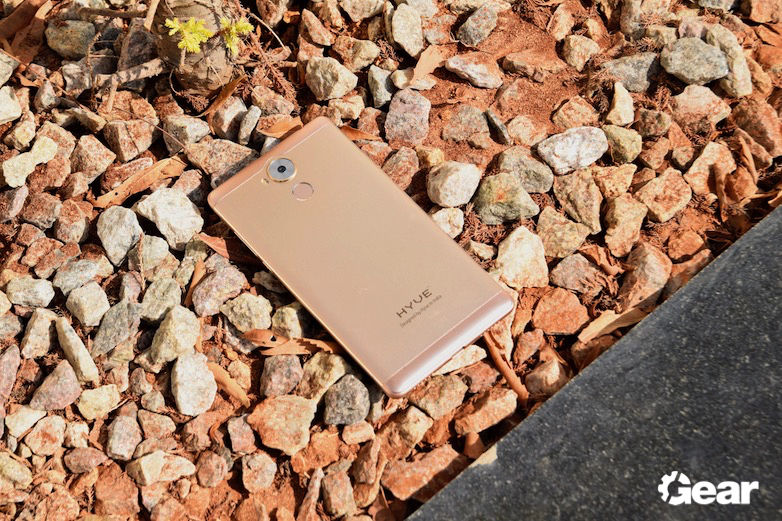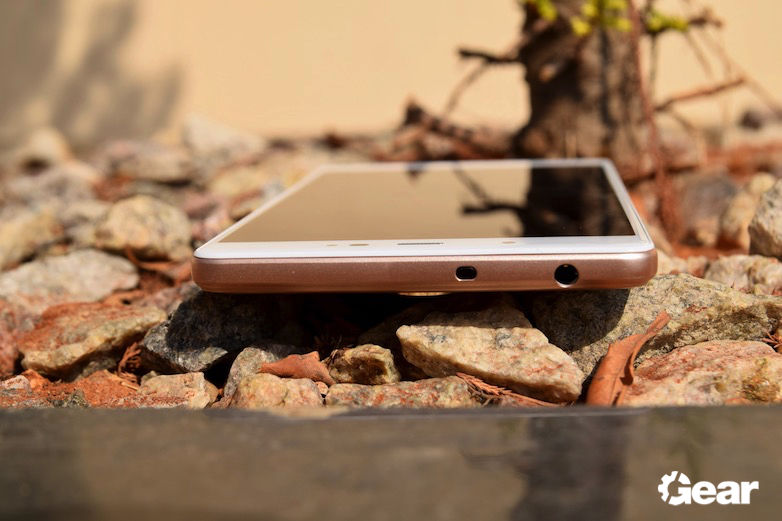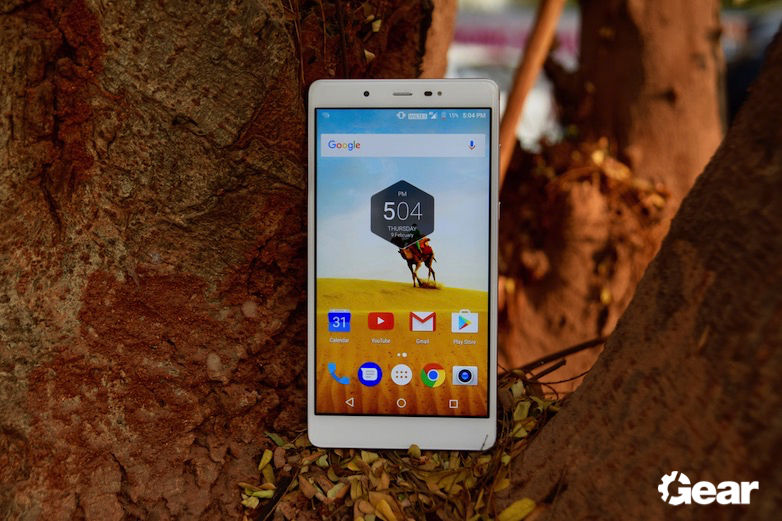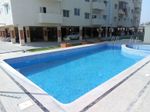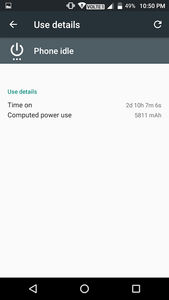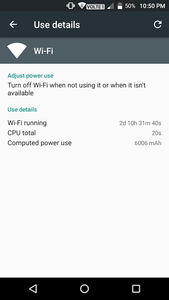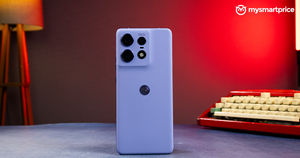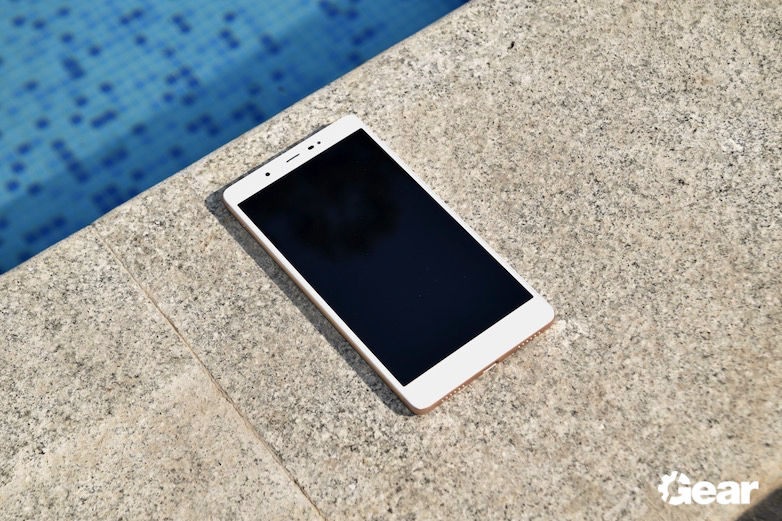
There has been a lot of competition recently in the smartphone market in India, and a lot of that has to do with new brands challenging the entrenched vendors.
Hyve Pryme
₹17,999What Is Good?
- Impressive display performance
- Stock Android UI is bloatware-free
- Multitasking is a breeze
- Comes with an Infrared emitter and USB Type-C port
What Is Bad?
- Camera performance is a downer
- Software needs optimisation
- Display has no protection to it
- Loudspeaker could have been better
- Issues with call quality
- Scores low on value for money
The Pryme is the latest entrant to join the fray. The phone is the first smartphone device from Indian-based manufacturer Hyve, and it promises a pure Android experience along with powerful hardware at an affordable price. That certainly sounds enticing considering even the likes of Xiaomi have failed to nail both the hardware and software aspects, but as with all marketing spiel, we’ve found that Pryme falls short when it comes to delivering on its promises.
The Hyve Pryme costs ₹17,999, which makes it a direct competitor to the likes of the Samsung Galaxy J7 Prime, LeEco Le Max2, Lenovo Z2 Plus, and the Moto M. The question is, why should one buy the Hyve Pryme when there are so many devices come established brands that offer much more? Let’s find out.
Sturdy metal body, boring design
The Hyve Pryme features a full metal body, with the device decked out in a gold color option. The device feels heavy, but that weight is evenly distributed, making it comfortable to hold. The slightly curved back as well as the material itself leads to the device feeling grippy in hand. That said, we found several manufacturing issues with the overall finish of the device. The camera hump protrudes and isn’t smoothed out, and the SIM card tray is fiddly and doesn’t feel finished. These are common issues with first-time phone manufacturers, and Hyve should be able to sort out these issues in later production batches.
While the Hyve Pryme features a metal chassis, there’s nothing particularly interesting about its design. In fact, it looks just like any other Chinese smartphone. The front of the device has white bezels around the display and an earpiece on the upper side, and next to the earpiece you can find the selfie camera, flash module, and the usual assortment of sensors. The rear of the device houses the fingerprint scanner beneath the camera, and the Hyve branding at the bottom of the device rounds out the design.
The volume and the power buttons are placed on right side of the device, while the left side of the device houses the fiddly SIM card tray. At the bottom, there is a USB Type-C port that’s placed right between the speaker and the microphone grill, while the top of the device has a 3.5mm audio jack and an Infrared emitter.
Large & bright display
The Hyve Pryme has a 5.7-inch IPS LCD display with a Full HD resolution. At this price point, I would expect an AMOLED display. Nonetheless, the display performs well under direct sunlight, and the viewing angles are great too. You won’t find any signs of pixelation either.
The lack of an oleophobic coating means that the screen quickly attracts smudges and fingerprints, and more importantly, it is hard to get those fingerprints and smudges off the display. That said, the main issue with the display is that it does not offer any scratch or tumble protection, such as Gorilla Glass or Dragontrail. Therefore, there are high chances that the display will shatter should it fall onto a surface. We think that this is not only a drawback in the display department, but also a major letdown for the device as a whole. Considering that phones that cost half as much offer Gorilla Glass protection, there’s no reason for Hyve to not include it.
Unsatisfying camera
The 13MP primary did not perform well in our day to day usage. The colours were not saturated enough; the white balance was also incorrect most of the time. The focusing, however, was fast and spot on. The most significant downside was the camera UI. The camera user interface looks ugly, the design is reminiscent of the KitKat era, and the menu options are confusing.
The features on offer with the camera are very limited, a major contrast from the likes of Samsung, Motorola, or Xiaomi, which offer various still and video modes. Capturing an HDR image took a decent amount of time. However, the HDR image was surprisingly good; the dynamic range was much better when compared to a standard photo. The video recording has a resolution of 1080p at 30 FPS. Sadly, the camera can capture only 0.9MP (1280×720) stills while recording the video and not a full-resolution image (13MP or 9MP).

The 8-megapixel secondary camera did not do wonders either, even though it has a LED flash. The sharpness and overall quality were better than the Xiaomi Mi Max, but it was still far away from the image quality of devices like Lenovo Z2 Plus and the Moto G4 Plus.
Isn’t as fast as advertised
The company advertises the Hyve Pryme as “India’s Deca-Core Flagship Phone” as it comes with a MediaTek Helio X20 processor. After reading it, you may think that this phone is faster than any other octa-core smartphone in the market, but that is just not true. First of all, what you need to know is that more CPU cores don’t necessarily mean more performance. The performance is achieved by optimisation and refinement on the hardware as well as on the software level.
Speaking of which, the Hyve Pryme is fast in day-to-day usage. The UI is smooth and fluid; and there are no lags most of the time. But there are some scenarios where the device feels sluggish and unoptimised, mainly when you’re installing an application from Play Store. In such instances, the device starts lagging, and the applications take a very long time to install. This shouldn’t be an issue on a smartphone with a deca-core processor, but it is on the Pryme.
The multitasking, however, is excellent, not only because of the 4GB of RAM but because of efficient RAM management. Switching between the applications is a breeze, no matter how many applications are in the background. The fingerprint scanner on the back of the device performs exceptionally fast; and it is very accurate too. During our testing period of the Hyve Pryme, we found that lightweight games run just fine on the device, but when it comes to the games with intense graphics, the device does not hold up well. The GPU isn’t powerful enough to run large games smoothly at the device’s native display resolution.
We feel that the Hyve Pryme in spite of housing a deca-core processor doesn’t feel any different from a smartphone with an octa-core processor. In fact, some smartphones that are cheaper than the Hyve Pryme, like the Xiaomi Redmi Note 4 and Moto M, perform better.
Stock, bloat-free, and unoptimised software
The Hyve Pryme ships with Android 6.0 Marshmallow. Unlike other manufacturers, Hyve did not stuff the OS with unwanted applications or features. Also, the UI is close to pure Android, which is a good thing because a majority of manufacturers customise the UI for no reason. However, the software is not optimised, and we found many bugs in our usage. For instance, the battery stats showed incorrect details and the Wi-Fi icon overlaps with the VoLTE icon in the status bar. Overall, the software is not polished, and it misses out on some essential features like a T9 dialer, and ability to select a 3G-only network.
The only application apart from stock Google applications that the device comes with is the file manager, and its design looks outdated. During our test period, we received a software update weighing around 100MB that included Google’s security patch for the month of January, optimisations to the battery and performance as well as native video call support in the dialer.
Disappointing loudspeaker & call quality
We ran a side-by-side test with the Hyve Pryme and Xiaomi Mi Max to check the loudspeaker and call quality performance. During the call quality test, the party on the other side of the call found it difficult to hear the voice when compared to the Xiaomi Mi Max. The loudspeaker too was tinny, and it lacked depth.
All-day battery backup
We weren’t expecting the device to deliver excellent battery backup as it is a MediaTek device. However, the device performed well with its 3,500 mAh battery capacity. On a full charge, the device lasted more than 24 hours with four and half hour of screen-on time on an average. Our usage included capturing a couple of photos, calling, texting, checking emails, watching videos on YouTube, and playing a few minutes of games. The device consistently had a 10% to 15% of charge left every morning to spare.
The Hyve Pryme took almost 2 hours to charge fully from a totally drained status; it does not charge up as fast as some of its rivals, mostly because MediaTek does not provide any fast charging technology like the Qualcomm’s chipsets do. On the positive side, it comes with a USB Type-C port, allowing you to insert the charging cable either way.
Should you buy the Hyve Pryme?
The Hyve Pryme lacks the finesse that other smartphones in the same price range provide. There are many areas where the device feels unpolished. For its price and the amount of features on offer, it doesn’t make any sense to buy the Pryme over devices like the Lenovo Z2 Plus or the Moto M. It is a commendable effort by the first-time manufacturer, but it needs several improvements for it to be a viable contender to established manufacturers.
